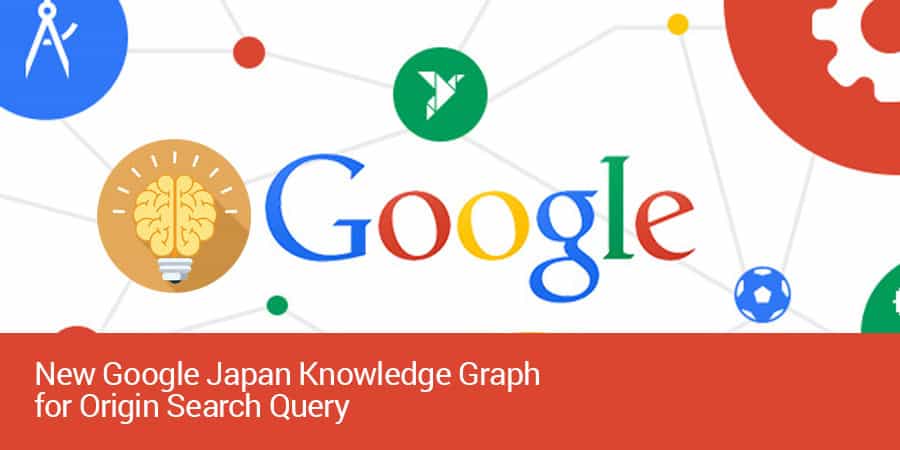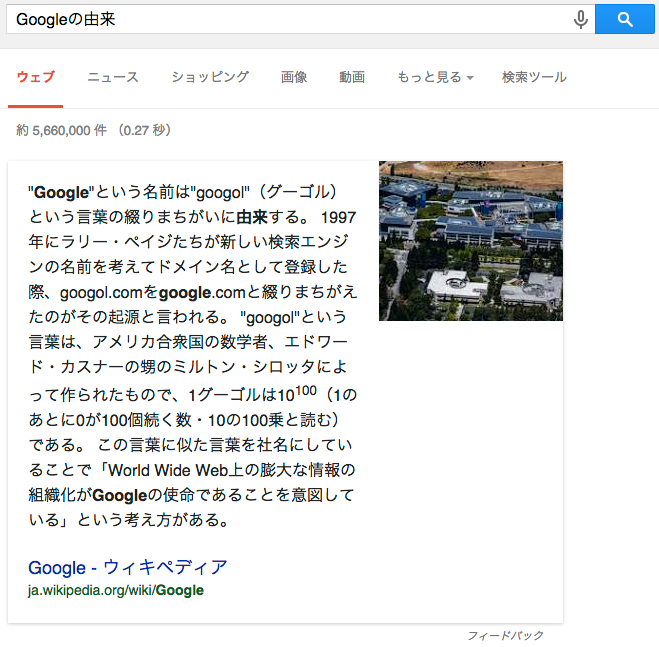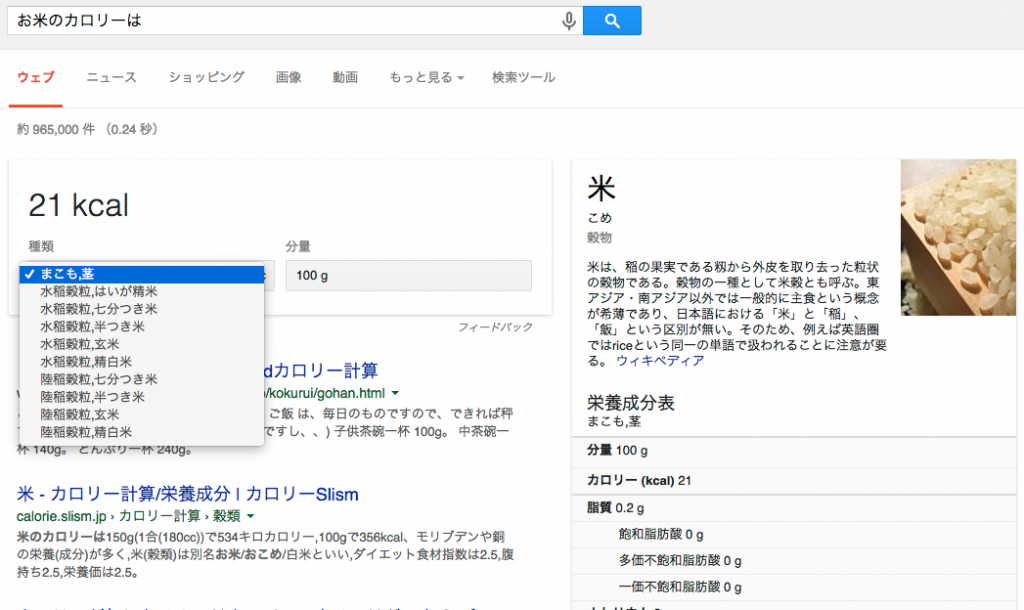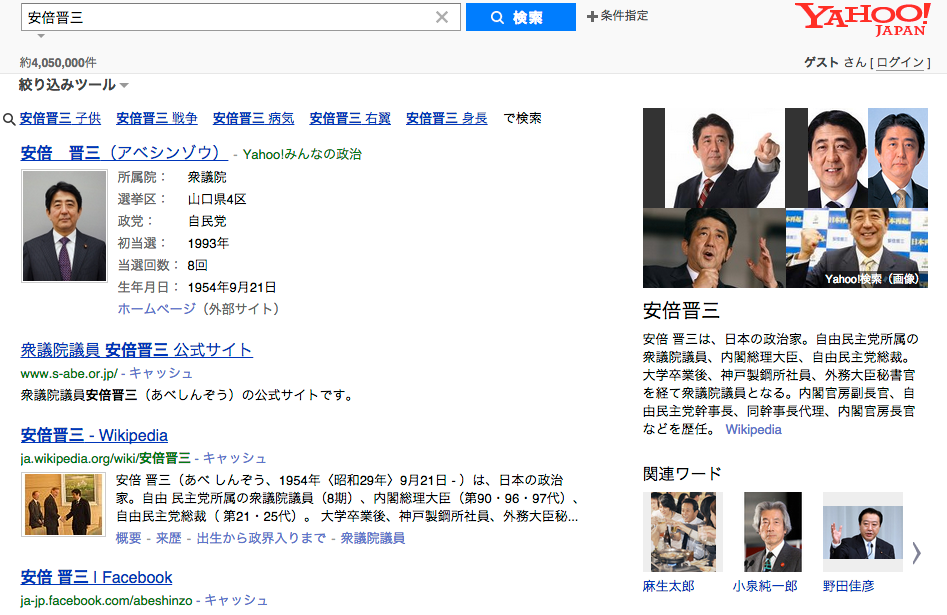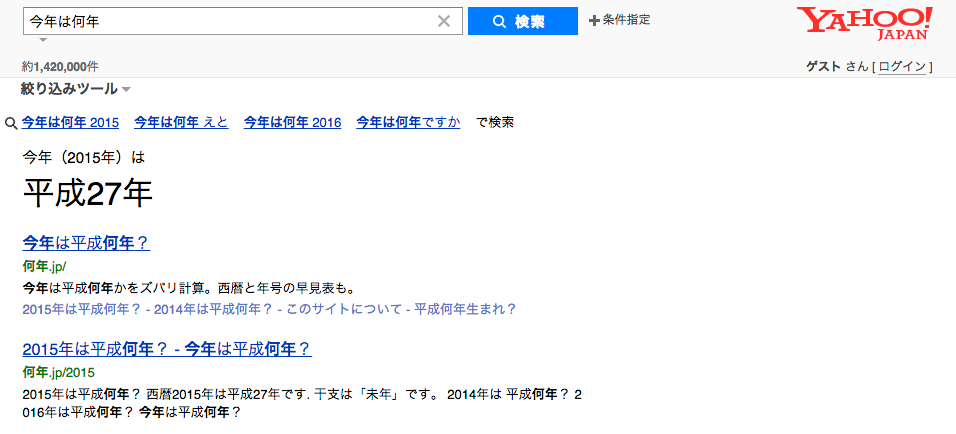Google Japan launches new knowledge graph
As we all know, Google has been continuously updating its service to provide better user experience ever since it was founded. Last February, Google launched its comprehensive medical knowledge graph.
Soon after, Google Japan updated the new knowledge graph feature called “Origin Search” on 19 March. These indicate that Google is now capable of understanding the meaning of search terms in a natural way, therefore would be able to treat search terms as a query and display the correct answer derived from the most relevant page in an answer box above the search results.
Retrospectively, before the knowledge graph, Google’s SERP displayed the top ten results that have the relevant search term, requiring you to do a manual search over the many pages in the SERP to find the information most relevant to you. For Example, if you wanted to know how Google got its name, you would search for “Google’s Origin”.
You would then have to scan the page to find the link to the page that is most relevant to you. After the knowledge graph feature, when you search for the query, “how did google get its name”, Google will show you the answer in a knowledge box without spend the time to scan the page for the right page to click through to.
In addition to the “Origin Search”, there is another useful feature of the knowledge graph known as “Calories Search”, enabling users to find out the amount of calories within certain food products in a matter of seconds. This feature would be especially useful for dieticians, nutritionists and those who generally watch their calorie intake. The example below shows the knowledge box displaying the answer to the query “rice calories”.
Yahoo! Japan’s Knowledge Graph
Yahoo! Japan, in an attempt to close the gap between their search engine and Google, has also started to provide a similar service. Although it does not have as much variety as Google does, the knowledge graph includes person-related search queries and date/time related queries. For instance, the query for “What year is this year” displays the answer at the top of Yahoo! Japan’s SERP, but not on Google.
As with other algorithm changes that Google have implemented in the past, the knowledge graph has been a double-edged sword to website owners. Some websites lost traffic, while others received a huge boost in their site traffic. However, when leveraged properly with SEO in mind, the knowledge graph can bring in great benefits.
Therefore, we recommend that website owners ensure their content is tailored to what their customers are searching for and perhaps even create pages with information that could be used in the knowledge graph. Overall, this feature further solidifies Google’s principle to put the user experience first. We will continue to update you on this topic in the future.


